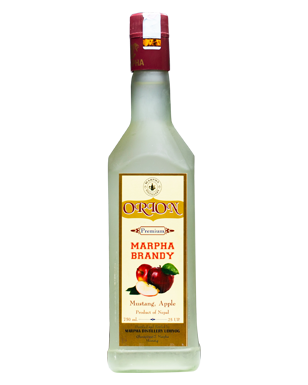Local Nepali Alcohol: Local Raksi in Nepal
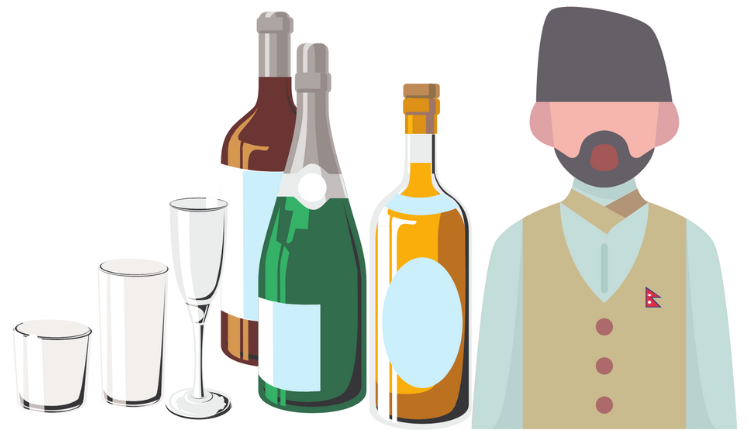
Since ancient times, Nepal has been a common ground for both Indo-Aryan and Tibeto-Mongoloid peoples. A surprising compromise was also achieved between Hinduism and Buddhism. All cultures have a set of ideals, attitudes and expectations towards the consumption of alcoholic beverages, and Prohibited acts while drinking alcohol. Alcohol consumption is closely related to Nepal's caste system. Many people foster the consumption of alcoholic beverages socially, religiously and culturally. People of Mongolian Origin Used Alcohol in Rituals On religious occasions like birth and death. Hindu society, on the other hand, forbids Consumption of alcohol among castes such as Brahmins and Chhetris. The tradition of drinking alcoholic beverages in Nepal appears to have a long history. Among Kirats, drinking alcohol has a long history of use in ceremonies and other social and cultural gatherings. Although the Licchavi inscription that has survived doesn't say much about drinking, it may be presumed that indigenous groups like the Kirants and Newars and other castes of the caste system continued to consume alcohol. Tantrisim is a branch of Hinduism that emphasizes Matsya (fish). , mamsha (meat) and madira (alcohol) are among the offerings even during rituals. Prithvi Narayan Shah deliberately attacked Kathmandu on the day of the Indra Jatra festival because he anticipated a large celebration and much drinking.When Janga Bahadur Rana visited England in 1850, it's thought that he brought some alcoholic beverages, including White Horse and Black Horse.The practice of producing alcohol at home for sale and starting bhattis (traditional pubs) emerged in the 1920s. After the 1960s, alcoholic beverage manufacture was industrialized. According to reports, the country's first two distilleries, Mahendra Sugar Mills and Jawalakhel Distilleries, were founded in 1963 and 1972, respectively. Alcohol became a very lucrative industry that grew quickly, establishing a culture of consumerism. After the democratic movement of 1989, when liberal policies provided the alcohol business a conducive atmosphere to thrive, the culture of alcohol acquired another boost. In Nepal, rakshi, a handmade distilled alcoholic beverage, is well-known. In addition to these, Tongba, Jhand, etc. are also well-known ones. Although maize, millet, and other cereals are also popular, rice is the cereal most often utilized in the creation of alcoholic beverages.The following are the list of various alcoholic beverages in Nepal. A traditional distilled alcoholic beverage in Nepal is known as raksi (Devanagari:) or rakshi (Limbu: Sijongwaa aara, Nepal Bhasa: Ayla).It is a locally produced, traditionally distilled alcoholic drink in Nepal.It is a powerful, clear beverage that has not been aged. Raksi is ranked number 41 on CNN's list of the world's best drinks.In Nepal, Rakshi is significant in a number of religious ceremonies and social gatherings.It is made, sold, and primarily consumed in ad hoc wood-fired distilleries in the vicinity of settlements.More than 45% of Rakshi's volume is made up of alcohol. Ayla is a Newari beverage made by distilling millet, rice, and other fermented materials. Aila is a crucial component of Nepalese festivities in addition to social drinking. This alcohol is typically manufactured at home using conventional techniques. It is served at special events, particularly in the Newar Community, by being poured from a considerable height using a pitcher (Ainti) with a small spout. It is poured into a clay pyala from an Ainti, a traditional pitcher eerily resembling Persian Surah Jugs in shape. Usually, it is first poured from a lower height, and then the ainti is gradually elevated to almost waist height. This method of pouring not only appeals to the eye but also awakens those seated nearby with the strong, amplified essence of the alcoholic beverage. Tongba A millet-based alcoholic beverage known as tongba (Nepali: a) can be found in the Darjeeling and Sikkim regions of neighboring India as well as Nepal's eastern Himalayan region. Among the Limbu people, offering tongba is a sign of respect for a visitor and a crucial beverage for festive events. A jug of fermented millet is used to make tonga, an alcoholic beverage. The waitress offers separate hot water in addition to the fermented millet. The visitor must add hot water to the jug and use the provided straw to sip.If the alcohol and flavor don't run out after finishing, the guest can keep adding hot water. One's body heats up dramatically and fast when combined with alcohol and warm water. It is primarily drunk during the winter or in milder climates, such as the highlands and hilly districts of eastern Nepal. Raksi is typically stronger than Tongba. It's another light alcoholic beverage with Tibetan origins from Nepal. It is a common beverage served at social and religious gatherings. It is typically made from fermented rice, barley, millet, or other grains. To combat the summertime heat in a tropical region, it is served cold. It has a pleasant, almost fruity flavor at first, but it quickly turns distinctly sour in the mouth. Chyang was traditionally served in brass bowls, and some locations still do. Currently, they are frequently served in regular glasses, steel bowls, or even plastic bottles.Chyang is liked by Newars, Sherpas, and Rai since all three ethnic groups employed bowl-shaped serving utensils rather than glasses. White Chyang, which has a milky appearance, is the variety that is most frequently accessible. In two weeks, it can be brewed. Less well known are "Hyaunguthon," a red Chyang, and "Karthon," a thick brown Chyang. If one knows where to seek, both are easily accessible despite being rather uncommon. In Nepal, the word "marpha" has two meanings. Both brandy and non-alcoholic apple juice can be connected to it. It bears the name of Mustang's Marpha VDC, which is known as Nepal's apple capital. Marpha is a sort of brandy made in Nepal's Mustang area in the village of Marpha. It is produced using various fruits (pear, apricot, apple). Orange juice is used to create a similar brandy in the nearby village of Tukche. PS : The legal drinking age in Nepal is 18 years
HISTORY OF ALCOHOLIC BEVERAGE IN NEPAL
Raksi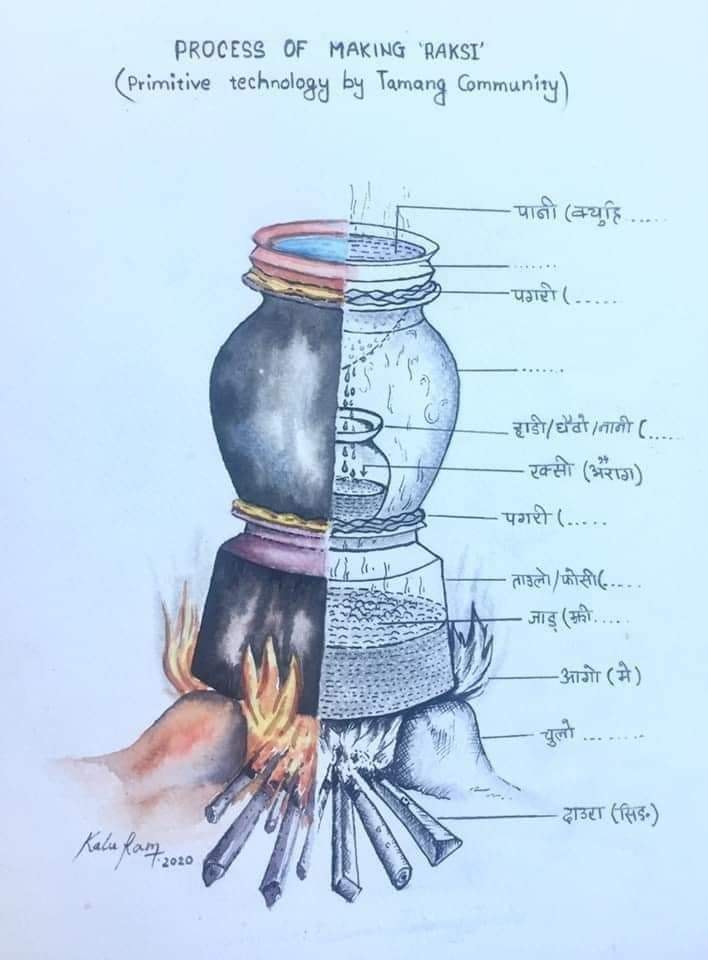
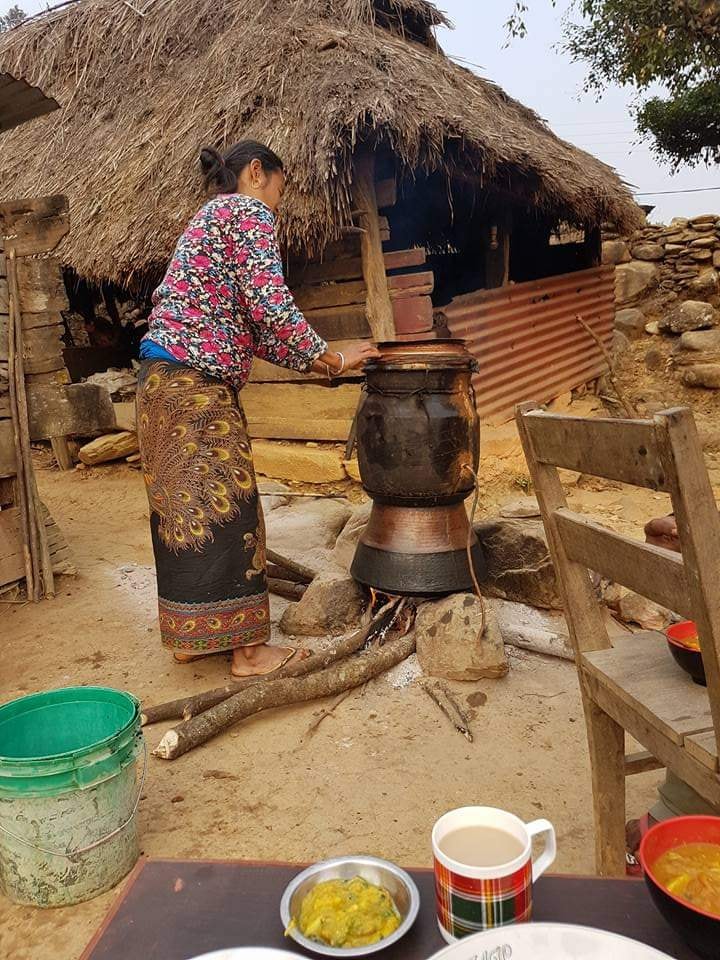
Ayla (Aila)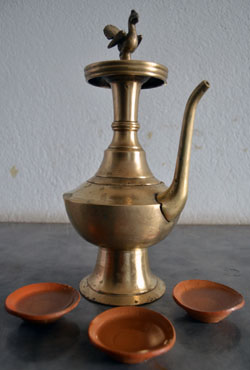
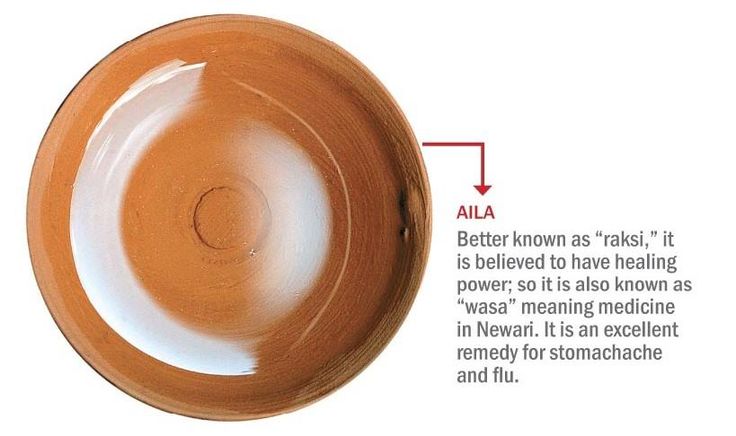
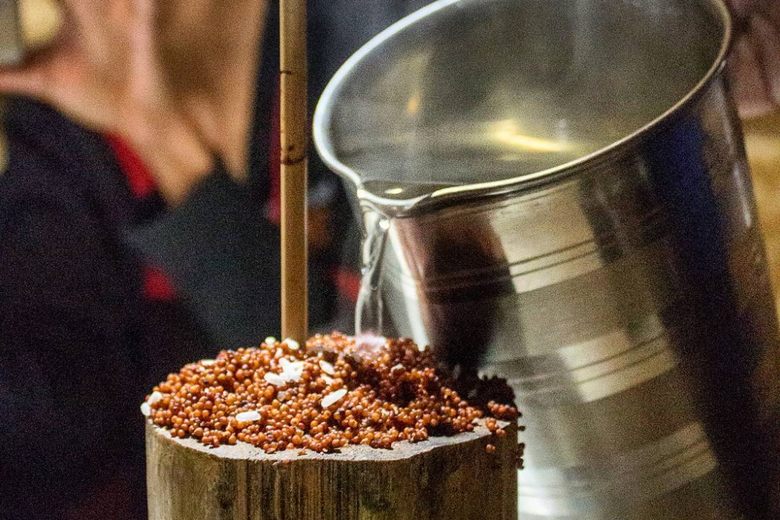
Chyang, Jhand, or Thon: 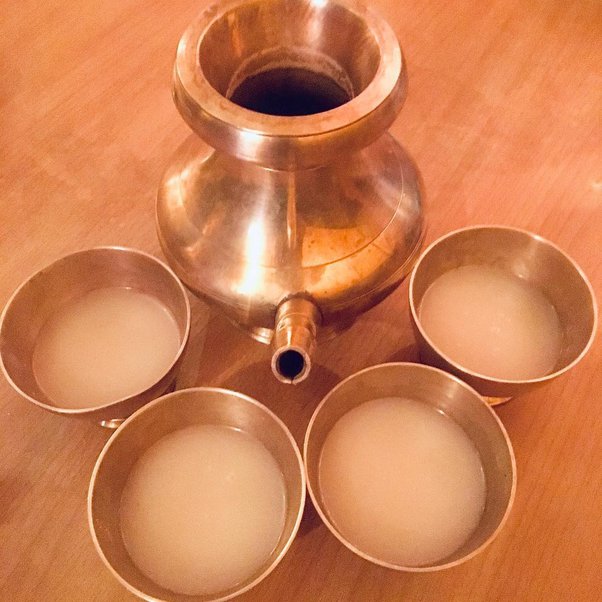
Marpha: 